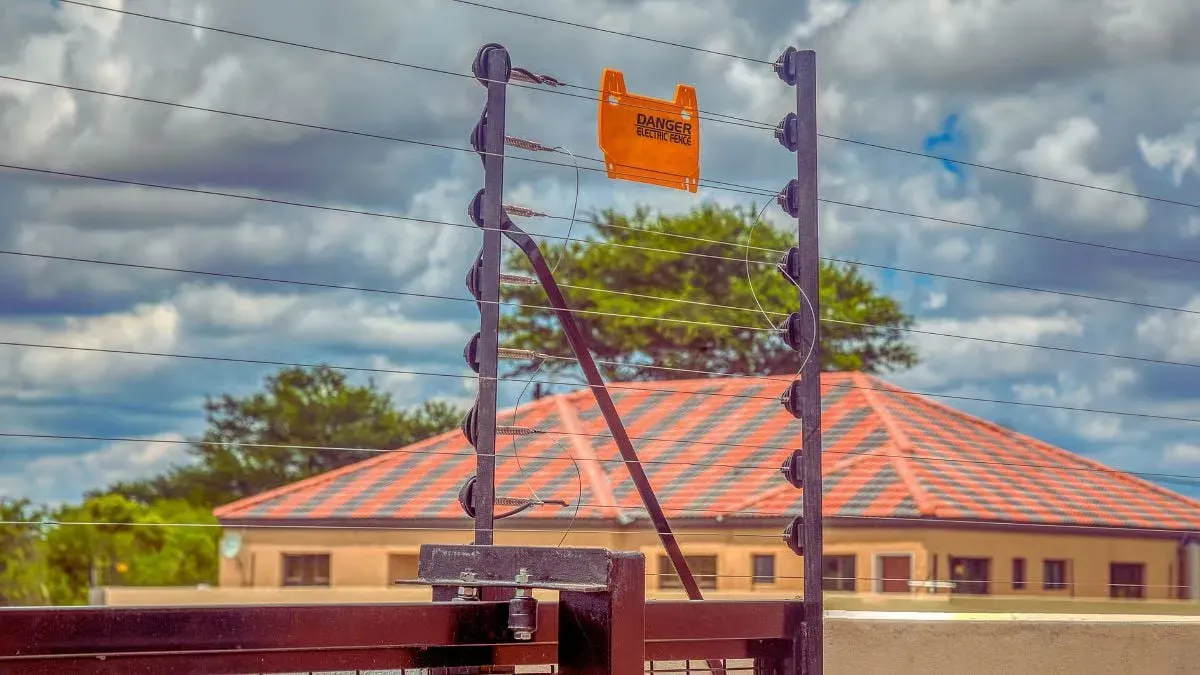What Drives the System?
Insurance, a legal contract, has been advertised as a commodity lately, like the utensils we use in the kitchen. Even the conclusion period of an important contract is measured in minutes, with no regard to the details of the contract conditions.
The first lesson in insurance is the implied principles of insurance. Over centuries these principles manifested themselves in common law and became embedded in the law of countries as fundamental elements of insurance policies. Despite variations, these principles are part of everyday life and the insurance products we purchase.
These principles are:
Good faith
Good faith is instilled by our parents, and later, we continue this ‘doctrine’ with our spouse and our children. It is expected between us and our employer and in life in general. Faith, in whatever form, rules and regulates our lives. All insurance is concluded in good faith, and claims are met in good faith: be honest, declare everything, and let the Insurer decide whether the information is relevant.
Insurable interest
One of our life ambitions is to accumulate: whether it is knowledge, wisdom, skills, or material values. These material values may be displayed in our wealth. Although our ambitions are dear to us, our interest in protecting what we have collected should not be overwhelming. Insurance can meet our need to protect what we have accumulated.
Indemnity
We are all exposed to the misfortune of life: some are sad and irreplaceable, others are replaceable, but not complete, and in the case of emotional loss, it can take years to heal.
Insurance can compensate for the financial loss, however, nothing more or nothing less. Indemnity is the financial transaction undertaken by the Insurer and maybe repair, replacement, or cash in lieu.
Subrogation
Often the nature of the loss qualifies the Insured for an insurance claim as well as a right to recover the loss from a third party. To protect the principle of indemnity, after the claim has been settled, the policy will state that the Insurer obtains the right of the recovery against the third party. The success or otherwise will not affect the settlement of the claim. However, the Insured cannot claim from the Insurer as well as from the third party.
Proximate cause
The risks insured are normally stated in the insurance document. Some policies are wide in coverage and others are limited to specified perils. Due to their nature, there are also uninsurable risks. Before any claim is submitted, the Insurer wishes to know what happened – the proximate cause.
Contribution
For various reasons, there may be more than one insurance policy in place for the same risk. The principle of contribution prevents the Insured from claiming from more than one insurance policy for the same incident. The Insured will only be compensated for the value of the loss shared between the participating Insurers.
In Conclusion
Insurance is the tool to mitigate the financial loss following a mishap that may occur. The compensation is to ensure that life continues with the least disruption. Insurance is not a bottomless pit of ‘gold’ and cannot compensate for sorrow and loss of joy. Insurance can only assist financially in the loss of wealth.
Insurance is no different from any other product we buy. We only get what we pay for. The Insured buys a ‘promise to compensate’ and it is the duty of the insurance advisor and insurance underwriter to assist the Insured to fulfill that promise in the event of an insured mishap.



